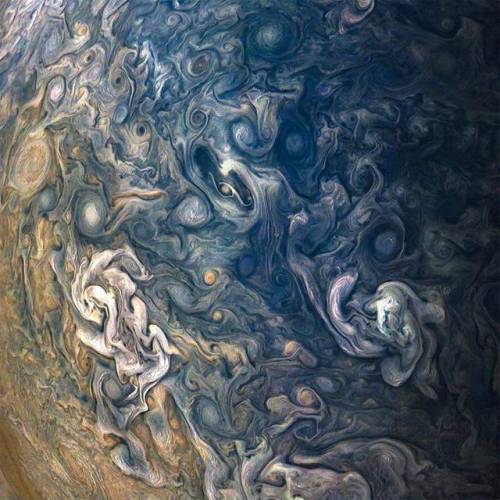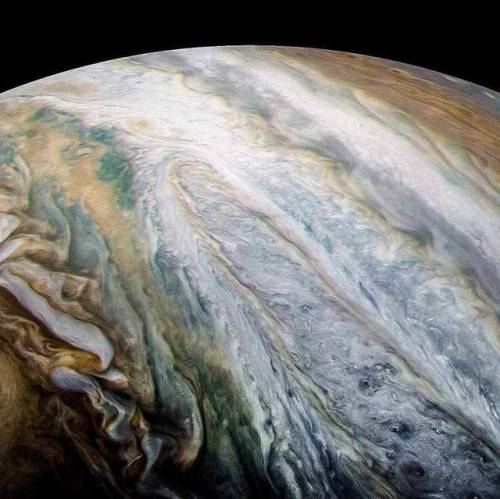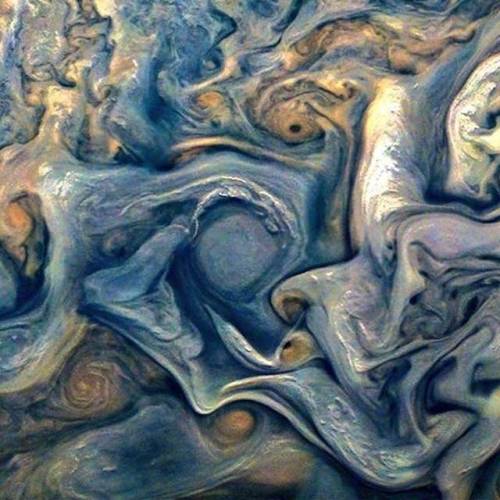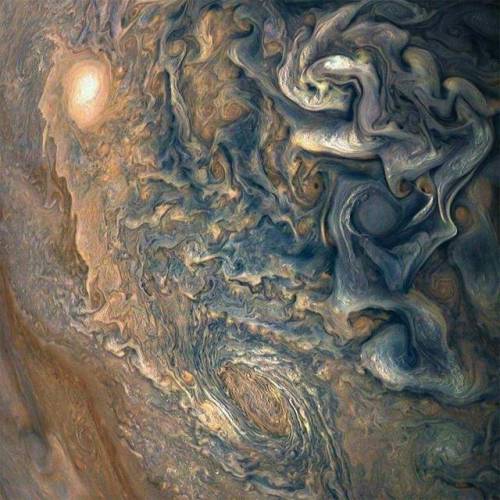Spaceships Don’t Go To The Moon Until They’ve Gone Through Ohio
Spaceships Don’t Go to the Moon Until They’ve Gone Through Ohio
From the South, to the Midwest, to infinity and beyond. The Orion spacecraft for Artemis I has several stops to make before heading out into the expanse, and it can’t go to the Moon until it stops in Ohio. It landed at the Mansfield Lahm Regional Airport on Nov. 24, and then it was transferred to Plum Brook Station where it will undergo a series of environmental tests over the next four months to make sure it’s ready for space. Here are the highlights of its journey so far.

It’s a bird? It’s a whale? It’s the Super Guppy!
The 40-degree-and-extremely-windy weather couldn’t stop the massive crowd at Mansfield from waiting hours to see the Super Guppy land. Families huddled together as they waited, some decked out in NASA gear, including one astronaut costume complete with a helmet. Despite the delays, about 1,500 people held out to watch the bulbous airplane touch down.

Buckle up. It’s time for an extremely safe ride.
After Orion safely made it to Ohio, the next step was transporting it 41 miles to Plum Brook Station. It was loaded onto a massive truck to make the trip, and the drive lasted several hours as it slowly maneuvered the rural route to the facility. The 130-foot, 38-wheel truck hit a peak speed of about 20 miles per hour. It was the largest load ever driven through the state, and more than 700 utility lines were raised or moved in preparation to let the vehicle pass.

Calling us clean freaks would be an understatement.
Any person who even thinks about breathing near Orion has to be suited up. We’re talking “bunny” suit, shoe covers, beard covers, hoods, latex gloves – the works. One of our top priorities is keeping Orion clean during testing to prevent contaminants from sticking to the vehicle’s surface. These substances could cause issues for the capsule during testing and, more importantly, later during its flight around the Moon.

And liftoff of Orion… via crane.
On the ceiling of the Space Environments Complex at Plum Brook Station is a colossal crane used to move large pieces of space hardware into position for testing. It’s an important tool during pretest work, as it is used to lift Orion from the “verticator”—the name we use for the massive contraption used to rotate the vehicle from its laying down position into an upright testing orientation. After liftoff from the verticator, technicians then used the crane to install the spacecraft inside the Heat Flux System for testing.

It’s really not tin foil.
Although it looks like tin foil, the metallic material wrapped around Orion and the Heat Flux System—the bird cage-looking hardware encapsulating the spacecraft—is a material called Mylar. It’s used as a thermal barrier to help control which areas of the spacecraft get heated or cooled during testing. This helps our team avoid wasting energy heating and cooling spots unnecessarily.
Bake at 300° for 63 days.
It took a little over a week to prep Orion for its thermal test in the vacuum chamber. Now begins the 63-day process of heating and cooling (ranging from -250° to 300° Fahrenheit) the capsule to ensure it’s ready to withstand the journey around the Moon and back.
View more images of Orion’s transportation and preparation here.
Make sure to follow us on Tumblr for your regular dose of space: http://nasa.tumblr.com.
More Posts from Night-hides-the-world and Others
Source: TheGeekerie









Modern geometric illustrations of Planets of the Solar System. These infographic illustrations feature a history of scientific exploration. Probes, satellites, space stations, etc., highlighting the achievements of man in astronomic discovery. Each illustration also features the distance from the Sun, rotational period in days/years and the number of confirmed, natural satellites.




NASA has released new images of Jupiter, taken by the Juno Spacecraft.







The finale of hot objects month ends with something spectacular!
This week’s entry: Absolute Hot
http://twistedsifter.com/2016/07/absolute-zero-to-absolute-hot-infographic/
Source is Discovery Chanel. Here’s a video.

The largest known star in the universe, compared to Earth.
In order of appearance - Earth, Sol (Our Sun), Sirius, Betelgeuse, Canis Majoris.
Canis Majoris is in fact so large, that if it were to replace our own sun the star itself would extend outwards past the orbit of Jupiter.
[Click for more interesting science facts and gifs]

The Lonely Galaxy
Most galaxies are part of a group or cluster where a neighboring galaxy is never far away. Galaxy NGC 6503 however, is an exception. This galaxy has found itself in a lonely position, at the edge of a strangely empty patch of space called the Local Void. The Local Void is a huge stretch of space that is at least 150 million light-years across.
Credit: NASA, ESA, Hubble Heritage (STScI/AURA)-ESA




Another comic for assorted planets month!
Time for a comic about Jupiter!
http://www.space.com/7-jupiter-largest-planet-solar-system.html

This is a small portion of NGC 2023
Credit: Judy Schmidt




Happy Earth Day everyone!
Planet X came to join the party with a topic on earth like planets! Source: http://www.mnn.com/earth-matters/space/photos/10-nasa-images-of-planets-like-earth/more-discoveries-to-come#top-desktop
Astronomy and the other wonders you witness when you look to the skies.
115 posts
